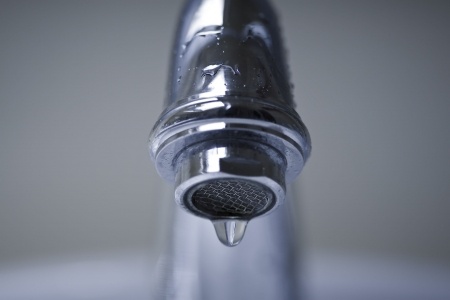 If you live in an older home, chances are you’ve wondered from time to time about the condition of its plumbing system. Because a great deal of the plumbing in your home is concealed behind walls and under floors, it’s not always easy to tell whether or not it needs attention. If old, aging pipes are neglected for too long, however, they can pose a serious threat to you and your family. In some cases, old pipes can become more prone to leaks and breaks. In others, they can leech dangerous metals and minerals into your water supply. Likewise, it’s a good idea to take stock of your plumbing system to determine whether or not it needs an update.
If you live in an older home, chances are you’ve wondered from time to time about the condition of its plumbing system. Because a great deal of the plumbing in your home is concealed behind walls and under floors, it’s not always easy to tell whether or not it needs attention. If old, aging pipes are neglected for too long, however, they can pose a serious threat to you and your family. In some cases, old pipes can become more prone to leaks and breaks. In others, they can leech dangerous metals and minerals into your water supply. Likewise, it’s a good idea to take stock of your plumbing system to determine whether or not it needs an update.
Let’s Start by Checking Pipe Types
Some outdated pipes should be replaced regardless of the condition they appear to be in. Galvanized pipes, for example, can look fine from the outside, but be severely corroded on the inside. When old galvanized supply lines fail, they tend to do so catastrophically, releasing a torrent of water into your home. Polybutylene pipes, which were used from the 1970’s to the 1990’s, should be replaced as well. These pipes are notoriously brittle and prone to breakage. They look like PVC pipes, but they are gray with black lettering on the side. If you find any galvanized or polybutylene pipes in your home, they should be replaced with modern plumbing as soon as possible.
Watch for Warning Signs
Dripping and sweating pipes can be indicators of an aging plumbing system that can no longer stand up to sustained water pressure. Dripping fixtures can also be signs of hidden issues. Sediment in your bathtub and sink can mean that pipes are corroding or becoming clogged with built-up mineral deposits. If you notice any of these issues, you should call a plumber to perform a more thorough inspection.
Leaking pipes can not only put your home at risk for water damage, but for mold and mildew growth as well. If you’re concerned about mold in your home, give us a call today for a consultation!
NJ Mold Remediation
Jun’s Mold Remediation
Related Posts:
Does Your Attic Need Additional Ventilation?
Duke University Students Raise Concerns About Toxic Mold
Choosing Moisture-Resistant Building Materials for Your Home
How Can Mold Affect Your Home’s Resale Value?
Common Causes of Household Mold
Preventing Moisture From Penetrating Your Home’s Exterior
Beware of Mold Following a Flood
Four Reasons to Keep Your Roof Clean
Common Symptoms of Toxic Mold Exposure
Is it Time to Update Your Home’s Plumbing?
Spring Moisture Mitigation Checklist
Is it Time to Update Your Home’s Plumbing?
5 Ways to Minimize Moisture in Your Basement
Roof Repair and Cleaning – Make Sure You’re Protected
Health Risks Associated with Household Mold
Mold versus Mildew: Understanding the Difference

